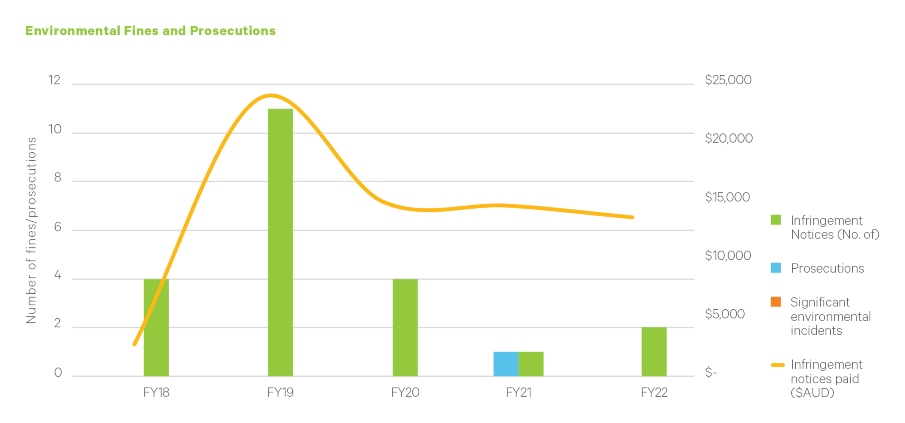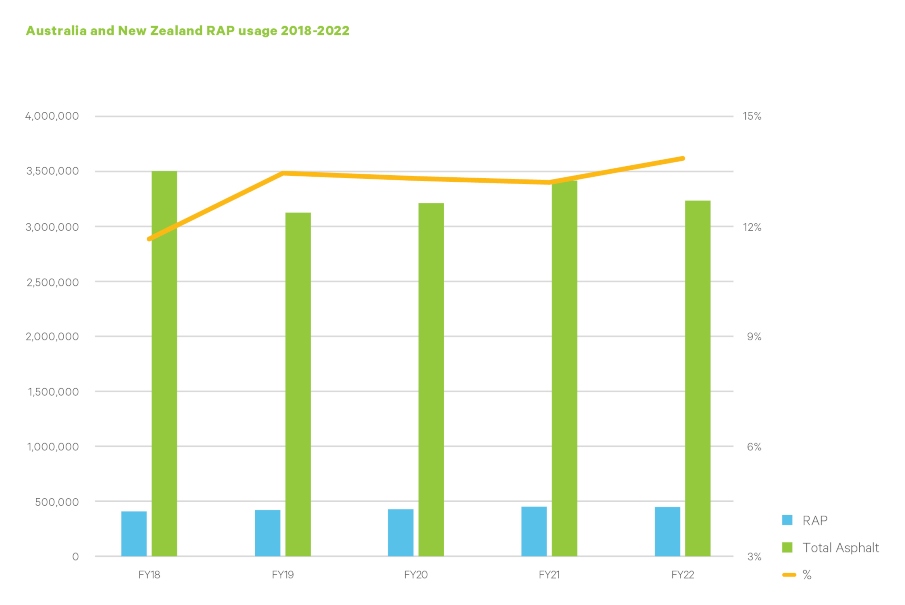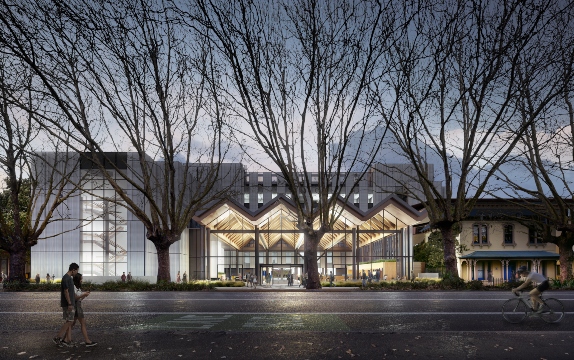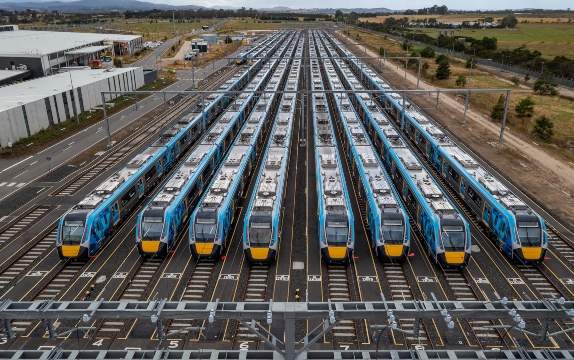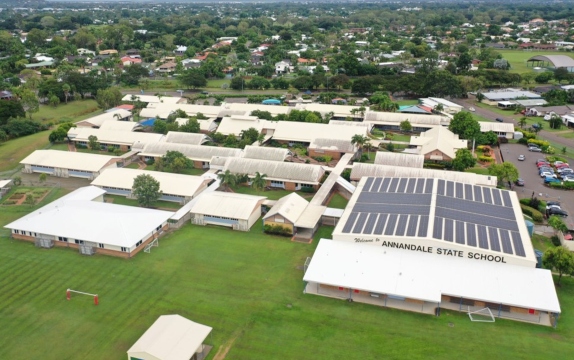Our approach
Downer remains focused on developing solutions to reduce our consumption of natural environmental capital, such as energy consumption and greenhouse gas emissions, while increasing our cost competitiveness. We are also committed to developing strategies that will improve the resilience of our assets and portfolio to the impacts of climate change.
Downer is committed to managing the environment in a responsible manner and to mitigating the impact of our activities on the natural and built environment. We are committed to meeting and exceeding our environmental compliance obligations.
Downer is also conscious of our social licence to operate. Downer’s Urban Services strategy delivers many environmental and social benefits, including a move to lower capital intensive and lower carbon activities, which supports Downer’s climate change resilience and decarbonisation pathway, as detailed in the ‘Our performance’ section.
Our environment and sustainability commitments are outlined in our Environmental Sustainability Policy and our Zero Harm Management Framework. Our 10 Environmental Principles are critical to ensuring our employees and broader stakeholder groups are engaged and aware of our environmental sustainability commitments.
Downer’s environmental management system (accredited to AS/NZ ISO 14001:2015) is integrated into our Group-wide management system, The Downer Standard, which ensures a consistent approach to identifying and controlling environmental hazards and risks and monitoring our environmental performance across the entire organisation. In addition, the environment management system is audited, both internally and externally by independent third parties.
The effective management of our environmental aspects and impacts is fundamental to Downer's approach to the delivery of our services. We place significant emphasis on ensuring effective controls are implemented through our Critical Risk program and continuous improvement through lessons learned to sustain the natural environment for future generations.
For more information about our approach, please click here.
Our performance
The performance information in this section includes Downer Australia and New Zealand, including contractors and joint ventures.
Joint ventures have been included for energy and GHG emissions performance data where Downer is deemed to have operational control, as defined by the National Greenhouse Energy Reporting Act 2007. Further information on joint ventures is detailed in Downer’s 2022 Annual Report.
Downer’s environmental sustainability performance is measured against the key areas of risk management, compliance, minimising environmental impact and maximising resource efficiency opportunities in our own and our customers’ businesses.
To achieve Downer’s Environment targets and objectives, Downer prioritised the following short-term focus areas in FY22, which we committed to in our FY21 Sustainability Report:
| Focus area | Result | Reference | |
|---|---|---|---|
|
Continue to focus on Downer’s Urban Services strategy by providing services that promote a sustainable future and transition to a low-carbon economy |
✓ |
|
Downer completed the sale of its Open Cut Mining East business in December 2021. This finalised the divestment of Downer’s former Mining Services Business Unit |
|
Achieve our Science-Based Aligned Targets of 511.32 ktCO2-e, and 31.40 tCO2-e/ AUD$m revenue |
✓ |
|
|
|
Aim to validate our Science-Based Aligned Targets with the Science-Based Target Initiative. As part of this, Downer will add a commitment in relation to its Scope 3 emissions portfolio, subject to validation and confirmation from the SBTi |
X |
|
Scope 3 emissions |
|
Refresh our climate-related financial risks and opportunities, in line with changes in the company since our 2018 assessment |
✓ |
|
|
|
Undertake a climate-related financial impact assessment of Downer’s fleet (light and heavy), fixed assets, asphalt plants and physical climate impacts |
✓ |
|
|
|
Improve our ESG ratings scores |
✓ |
|
|
|
Roll out initiatives that will help increase the percentage of electricity derived from renewable sources to 10 per cent by FY25 for sites within Downer’s operational control |
X |
|
|
|
Continue to pilot EVs and commit to at least three more pilot trials of EVs |
✓ |
|
|
|
Establish waste-to-landfill reduction and water reduction targets and identify initiatives to assist in achieving these targets |
X |
|
|
|
Continue to take a whole-of-life approach when considering initiatives and specifying materials. Apply Lifecycle Assessment to our road pavement products |
✓ |
|
|
|
Increase our supplier engagement around decarbonisation, through an increased response rate to our CDP supply chain survey, which forms an important part of our Scope 3 emissions portfolio |
✓ |
|
Waste Management
The materiality assessment Downer conducted in 2021 reinforced that waste management is an important issue to Downer. Downer has provided its waste data in several different ways this year, including a breakdown by waste type, waste performance by industry and waste performance by country.
GHG emissions reductions from the use of recycled products in asphalt production (tCO2-e)
Managing our GHG emissions
Scope 1 and 2 emissions
As an urban services provider, Downer operates within capital and carbon-intensive industries such as asphalt manufacturing. A key challenge is the effective management of our carbonrelated activities and the implementation of strategies to reduce our GHG emissions.
Our future focus
Downer will continue to focus on further embedding sustainability within our business, while driving improvements in our environmental and sustainability performance and risk management.
In FY23 Downer will:
- Explore partnerships and emerging technologies to support our decarbonisation journey
- Continue to decarbonise Downer’s fleet through the introduction of more electric or hybrid vehicles
- Continue to take a whole-of-life approach when considering initiatives and specifying materials. Apply lifecycle assessment to our road pavement products (i.e. the development of an Environmental Product Declaration for Downer’s recycled asphalt products)
- Increase our supplier engagement around decarbonisation, through an increased response rate to our Carbon Disclosure Project Supply Chain survey, which forms an important part of our Scope 3 emissions portfolio. This will improve Downer’s Scope 3 data quality
- Implement targeted campaigns for each of Downer’s four Environmental Critical Risks
- Develop tailored Environmental Management Plan templates for Downer’s roads and rail and facilities management contracts
- Review Downer’s Environmental Awareness Training programs to ensure business needs are met
- Improve waste data and develop dashboards by waste type to provide better insights for waste reduction opportunities
- Finalise Downer’s three-year Business Unit Sustainable Development Goal (SDG) improvement plans, which are linked to the Short-Term Incentive scheme, and designed to incentivise Business Units to consider and demonstrate their contribution to their most material SDGs
- Improve Downer’s environmental, social and governance performance and disclosure, in order to improve ESG analyst rating scores and project/contract related sustainability ratings.
Emerging issues and market trends
New Zealand performance *11
| Metric | FY20 | FY21 | FY22 | % Change from FY21 | |||
|---|---|---|---|---|---|---|---|
| Scope 1 (ktCO2 -e) | 122.7 | 116.1 | 127.1 | 9% | |||
| Scope 2 (ktCO2 -e) | 3.3 | 1.7 | 1.6 | -6% | |||
| Scope 1+2 (ktCO2 -e) | 126.0 | 117.8 | 128.7 | 9% | |||
| Revenue ($m AUD) | 2,567 | 2,581 | 2,848 | 10% | |||
| Emissions Intensity Scope 1+2 (tCO2 -e/$m AUD) | 49.1 | 45.6 | 45.2 | -1% |
11. Includes subcontractor emissions

